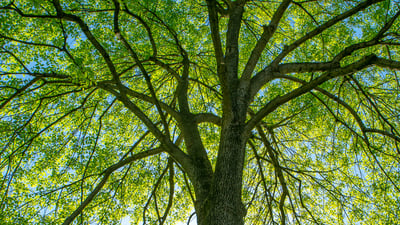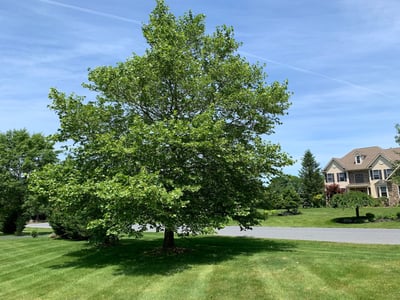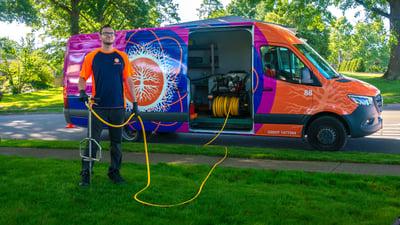

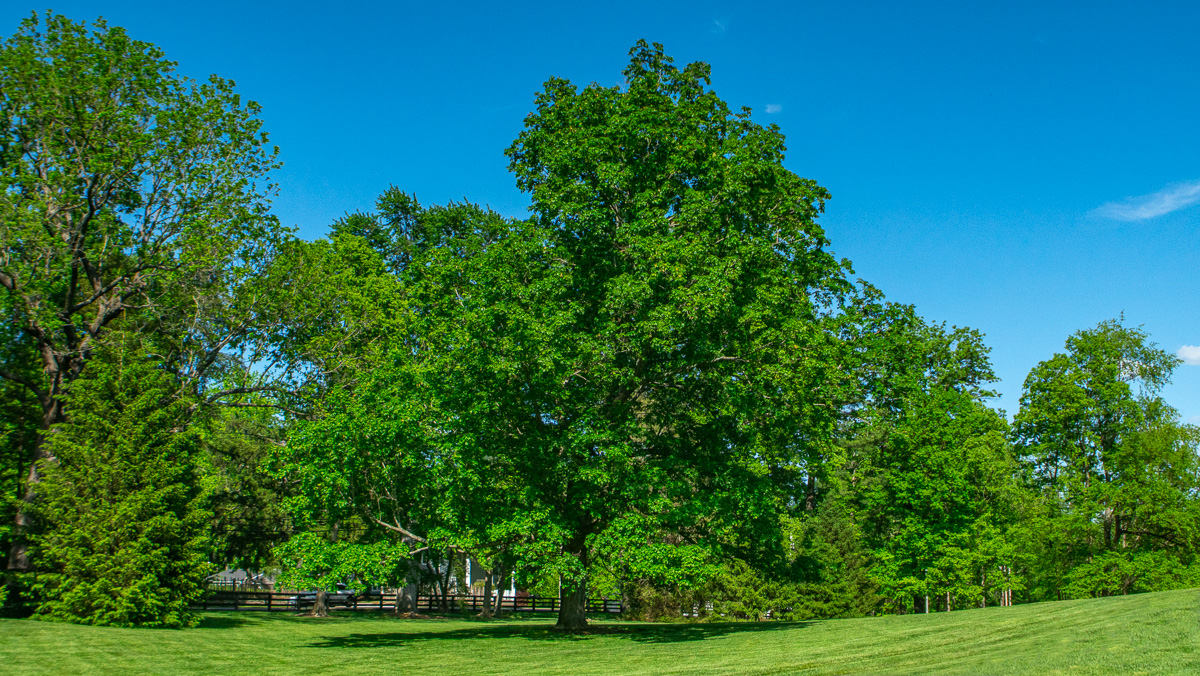
Trees are such a valuable part of the landscape. But pests on trees can be a major source of frustration. If you are noticing signs of stress, it could be that you have an insect infestation on trees in your yard.
The trouble is, that many pest problems are difficult to identify until the issue is severe. While you might assume it’d be very noticeable that pests are feasting on your trees, it can actually be quite challenging to spot them. Most of the time homeowners notice the damage before they ever notice a pest.
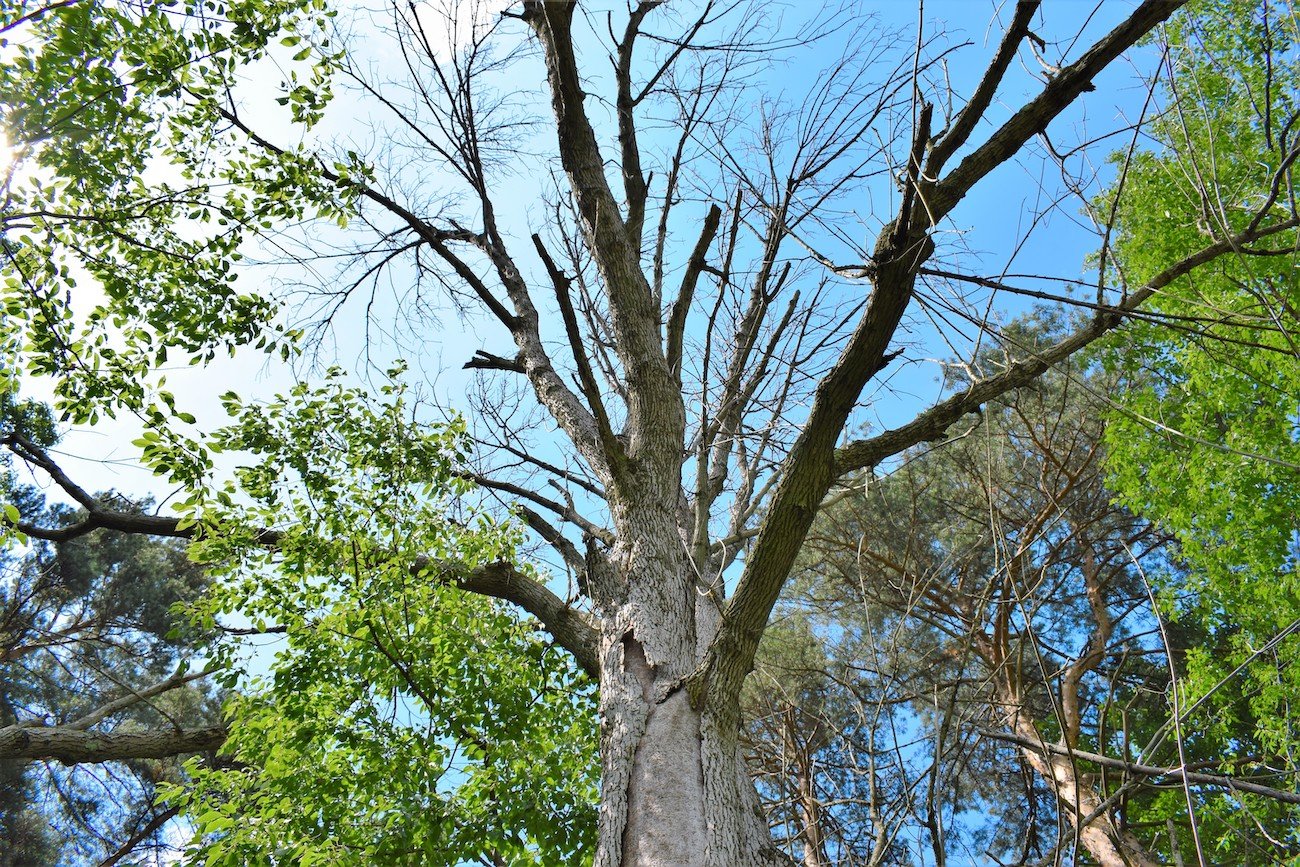
In this article, we’ll dive into some of the most common pests on trees and what you can do about them.
We’ll talk about:
The residential landscape is full of potential tree bugs that could be damaging your trees. Some of these pests cause damage by feasting on your trees while others bore into them and cause damage that way.
But the bottom line is that any insect infestation on trees needs to be addressed.
Bagworms are types of caterpillars that are characterized by the “bag” that they form for shelter. These bags are made from the caterpillar’s silk woven with pieces of your tree’s foliage. This is one of the tree bugs that people actually can spot with their eyes as they aren’t exactly tiny. The bag might be as long as two inches. These caterpillars will be hanging in their bags when not actively feasting on your tree.
Young bagworm damage looks like small holes in leaves after they feed. Mature bagworms might consume entire leaves.
Bagworms prefer evergreens but will also attack deciduous trees. They can quickly get stuck in a never-ending cycle of returning year after year if not addressed. There are systemic treatment options to address these tree bugs.
Highly affected species: Blue Spruce, Arborvitae
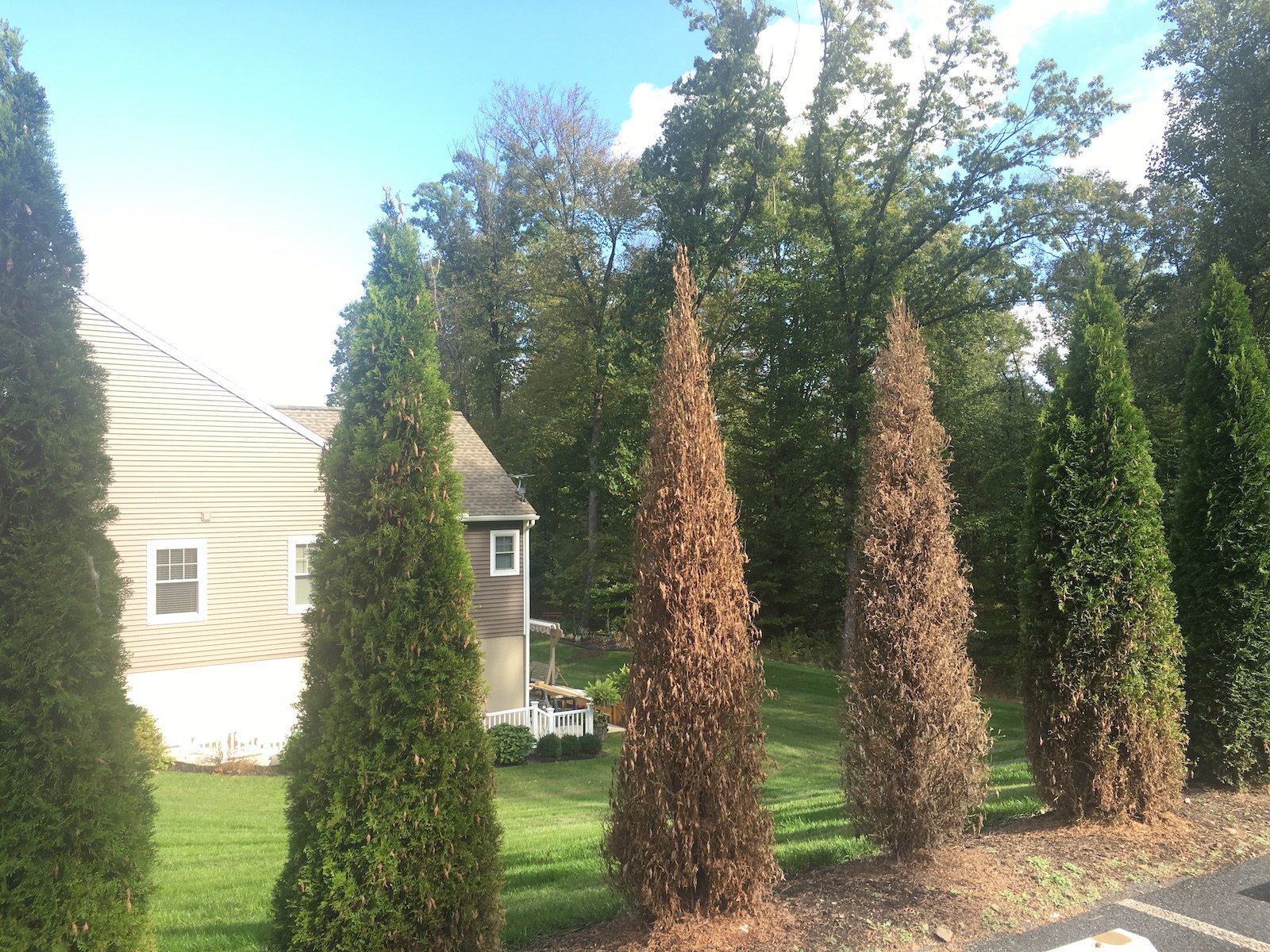
Trees can have good mites and bad mites. The “good mites” are those that are beneficial to the tree because they eat bad mites, like Spider Mites. Spider Mites are aggressive tree bugs that cause a lot of damage by sucking the cell content out of leaves. They are tiny but highly destructive.
Due to their small size, they are difficult to detect. You may start to notice stippled or yellowed leaves before you ever spot the actual mites. Mites can also leave very small webbing within needles or foliage stems.
The most effective treatment option for mites is a selective program that maintains the beneficial mites while killing the bad ones.
Highly affected species: Blue Spruce, Norway Spruce, Arborvitae
The Emerald Ash Borer (or “EAB”) is an invasive species that has killed millions of Ash trees in America.
Unfortunately, if you have an Ash tree on your property it’s not a matter of “if” it will be infested by the EAB, but when. Prevention is the key to saving Ash trees in the US.
At Limbwalker, we use an annual soil drench or a two-year tree injection to address EAB and save Ash trees. Treatments for EAB occur from May through July.
Highly affected species: All ash species
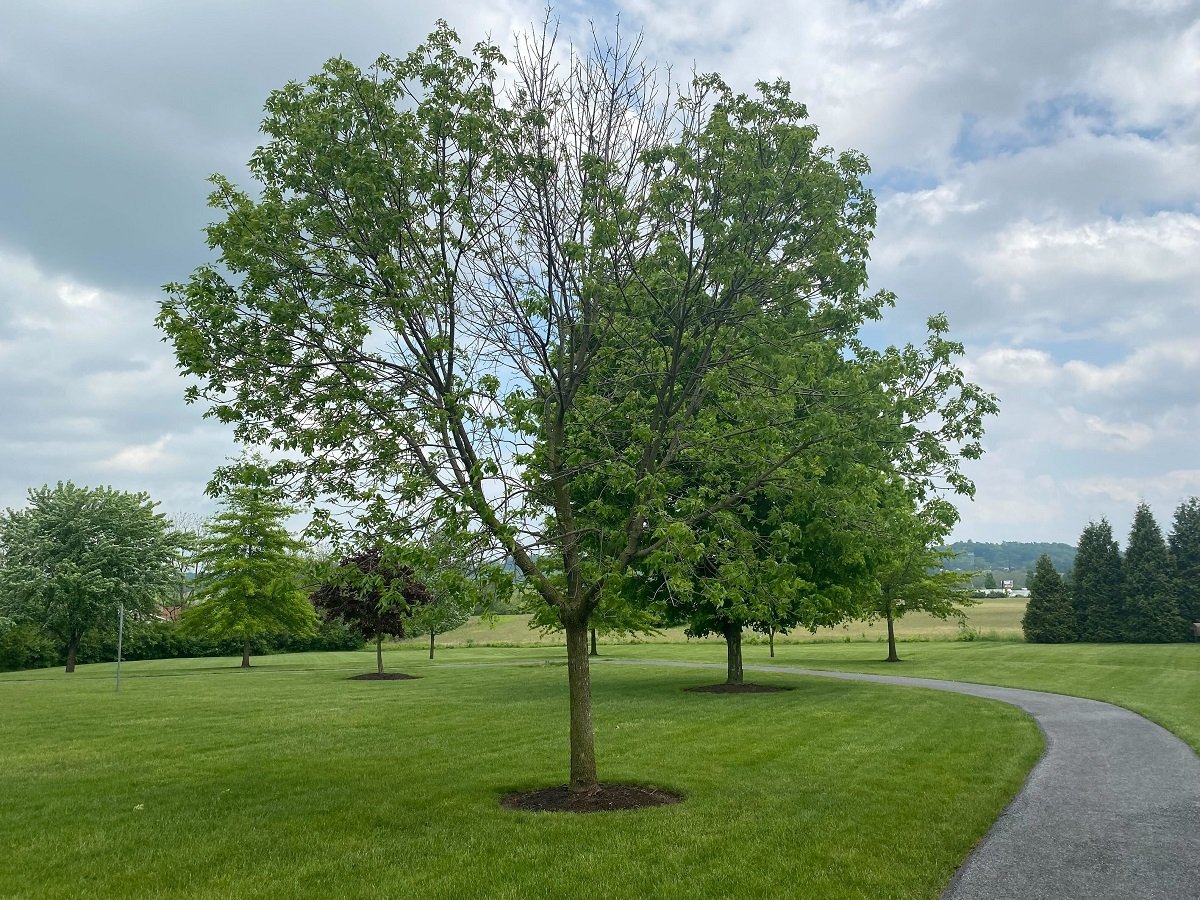
While the EAB gets a lot of attention for being so destructive, it’s not the only Borer insect that we deal with in this area. In general, Borer insects are frustrating pests on trees because they can do so much damage as they bore into your tree. If you find holes in your bark, it’s possible that you could have an infestation of Borer insects.
Some of the Borers that we deal with include:
There are both preventative and curative treatments for Borers. Ideally, you do want to try to prevent these tree bugs from causing problems in the first place whenever possible.
Highly affected species: Ash, Dogwood, White Pine, Yellow-Poplar
Aphids are small pear-shaped tree bugs that appear in white, black, green, or brown. They can cause problems for your trees as they tend to feed in groups. They also prefer to feast on new growth.
Aphid damage can show up as yellowing leaves since these pests are sucking sap out of the tree. You may also notice foliage or stems covered in a sticky substance. This is called honeydew, which is sugary waste produced by aphids as they feed.
Highly affected species: Hackberry, Mulberry, Yellow-Poplar
Scale is another type of sap-feeding tree pest. Scale bugs use their piercing-sucking mouthparts to drain fluid from plants. As this occurs you might notice that your plant leaves are drooping and wilting. Like aphids, scale can also produce honeydew. If you see this sticky substance or you notice an influx of pests like ants and flies, there may be a tree pest feeding on your sap.
Highly affected species: Oak, Magnolia
First and foremost, the proper care of trees can make a world of difference in managing any insect infestation on trees. That’s because most tree bugs are more likely to attack trees that are already struggling.
But even healthy trees can be subject to problems with tree pests. Even so, the healthier that your tree is to start with, the better it will fare when it comes to any problem that attacks.
Properly fertilizing, watering, and mulching trees can make a difference in maintaining their health.
You can also invest in Plant Health Care, which includes both preventative and curative treatments as needed for tree pests.
At Limbwalker, we take a proactive approach to tree and shrub care, aiming to prevent problems when we’re able to. We have strong horticultural knowledge and experience, allowing us to make recommendations in regard to what tree pests might be problems on what trees.
We believe that Plant Health Care is a valuable protective measure for your landscape. You never want to lose a tree or shrub, particularly to a problem that could be avoided or treated.
It all boils down to doing what’s best for your Louisville property. You deserve to be able to enjoy your landscape without worries.
If you’d like to learn more about plant health care for your Louisville home, get in touch, get your quote, and get back to enjoying your yard.


